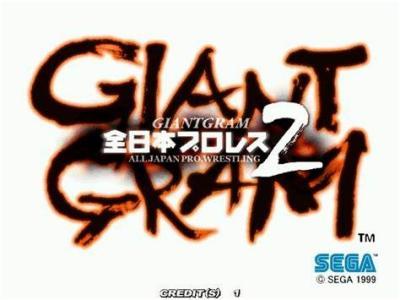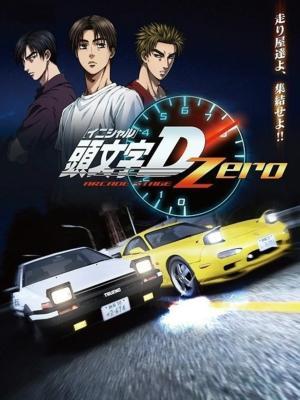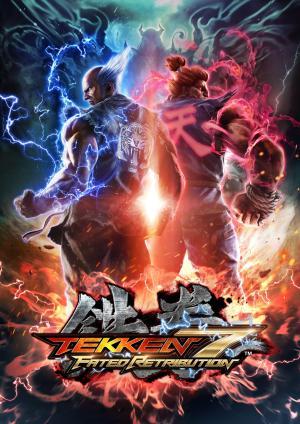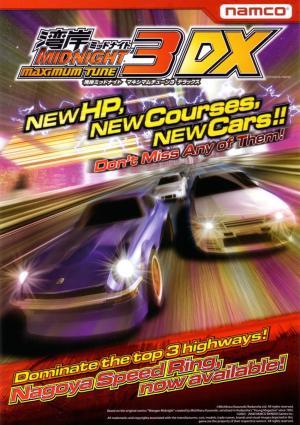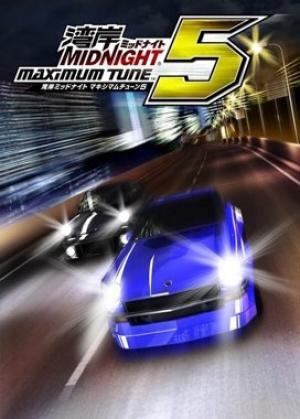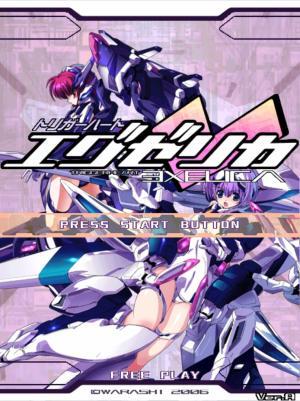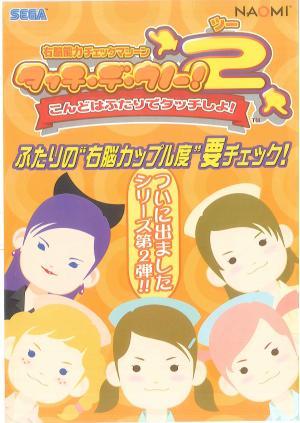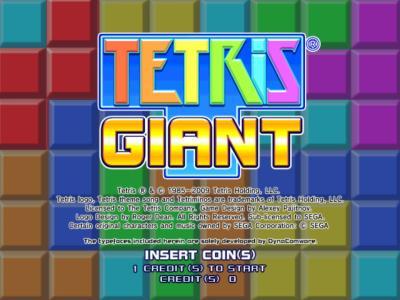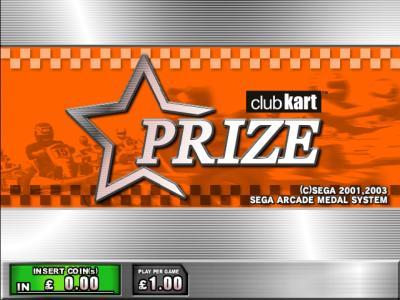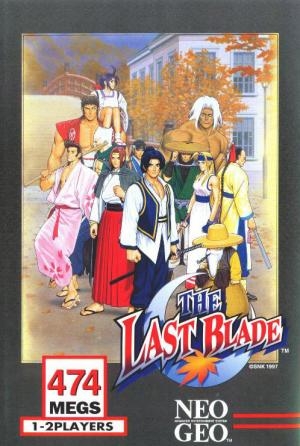
| Console: | Arcade |
| TV Standard: | Region Not Set |
| Developer(s): | SNK |
| Publisher(s): | SNK |
| Release Date: | 1997-12-05 |
| Players: | 2 |
| Co-op: | No |
| Type: | Fighting |
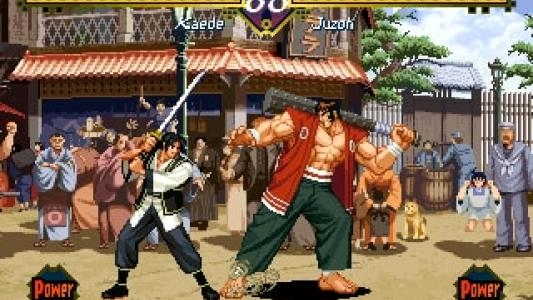
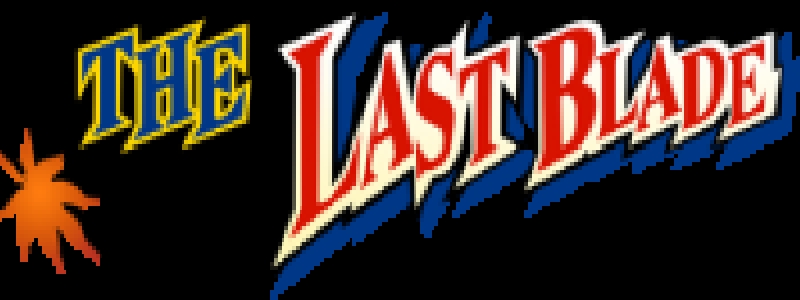
The Last Blade is a fighting game developed and released by SNK for the Neo Geo system in 1997. It was also ported to several home systems. A sequel, The Last Blade 2, was released in 1998.
The game takes place during the Bakumatsu era in Japan, and incorporates various elements of Japanese mythology (with a heavy emphasis on the symbology of the Four Symbols). As such, the background music generally incorporates synthesized instruments simulating a sound appropriate to the 19th century setting, in a Western classical, pseudo-Romantic style (unusual for a fighting game).
The Last Blade series is seen as a spiritual successor to SNK's popular Samurai Shodown series, due to it being a similar 2D weapons-based fighting game. The gameplay is characterised by two selectable fighting styles, and a unique combo system along with a "deflect" system which involves pressing the D button at an opponents attack. Upon deflecting, the opponent is left open to attack.
The two styles consist of two modes: Speed mode and Power mode. Speed mode allows players to chain several normal attacks into a special or desperation/super move, as well as execute a Speed Combo. Power mode on the other hand, grants the player increased damage potential exponentially and giving access to Super Desperation Moves which inflict an exorbitant amount of damage (the prerequisites to performing them however, requires the player's life bar to flash and have a full power bar). Power mode also allows the player to perform Super Cancels; canceling a special move into a desperation/super move (but not a desperation move, with the sole exception of Awakened Kaede in the first game).

